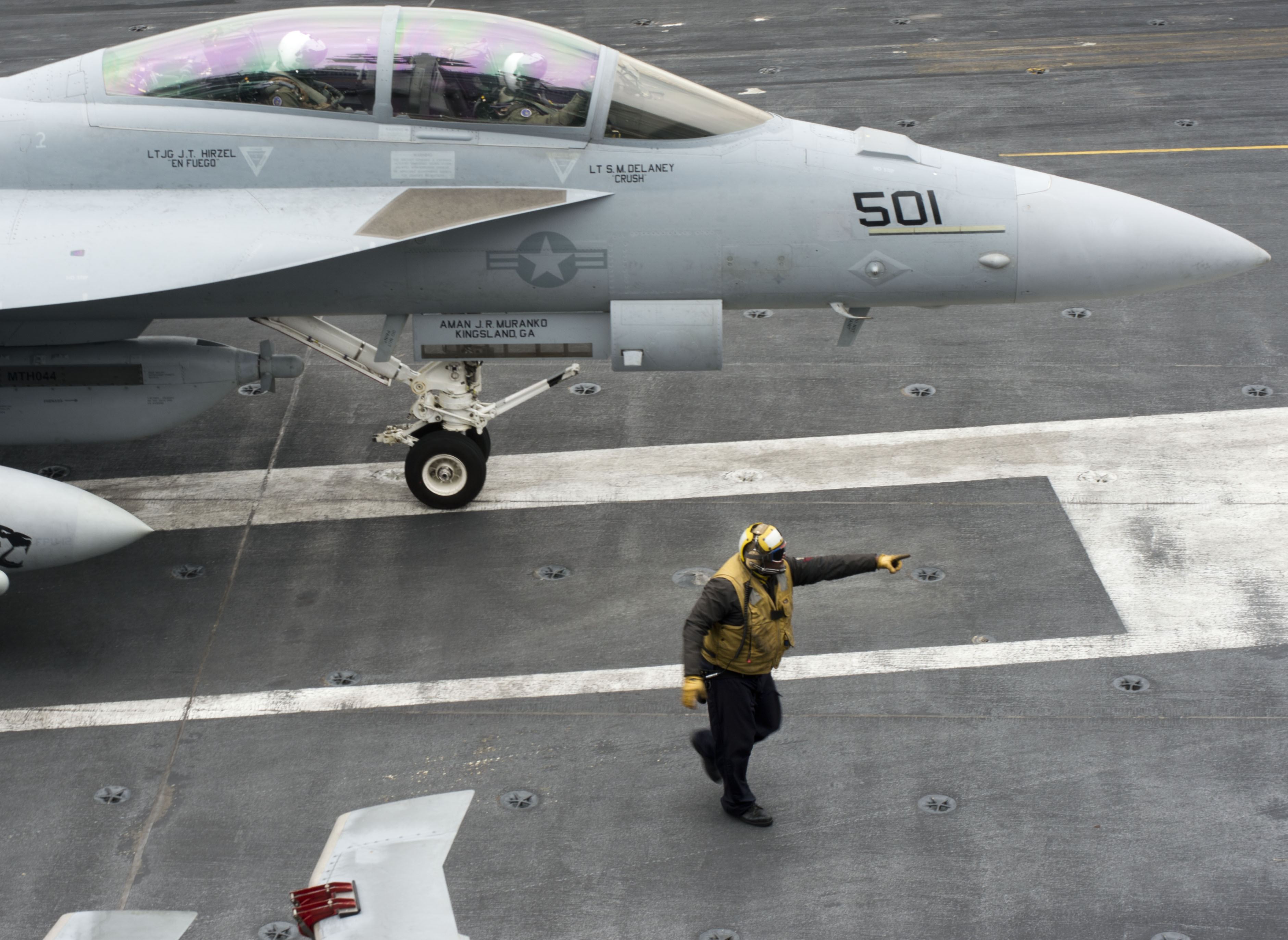
House appropriators side stepped proposed cuts to the Navy’s maritime and aviation fleets on Friday, unanimously approving plans to finance a slew of service-led shipbuilding and air programs in the upcoming fiscal year.
Members of the House Appropriations Defense subcommittee folded in billions in Navy procurement, sustainment and research and development programs into its overall $491 billion version of the Pentagon’s defense spending plan for Fiscal Year 2015.
Defense appropriators voted to move the draft defense bill — which is $200 million more than what DOD had initially requested from Congress for FY 2015 — to the full committee on Monday.
The full appropriations panel is expected to take the subcommittee’s mark up for consideration next week, however committee leaders have yet to set a firm date for the markup, a committee staffer.
A significant portion of the defense subcommittee’s increase to Defense Department coffers fell into Navy accounts to keep several pieces of the service’s legacy fleet afloat for the near future.
The biggest legislative win for the Navy was partial funding for additional EA-18G Growlers the Navy had put on its unfunded requirements list.
The subcommittee elected to include 12 Growlers out of the 22 the Navy requested in its mark of the bill at $975 million.
Growlers are integral to the service’s emerging Naval Integrated Fire Control-Counter Air (NIFC-CA) which blend sensors and weapons into a new construct for fighting a carrier strike group (CSG).
House appropriators also agreed to set aside $789 million for long lead items for the refueling and complex overhaul (RCOH) of USS George Washington (CVN-73).
The move fell in line with efforts by House appropriators’ counterparts in the House Armed Services Committee to preserve the RCOH program, against the wishes of the White House and the Pentagon.
The four-year RCOH process costs more than $3 billion. That total rises to $7 billion over five years to also retain a ship’s crew and aircraft from the carrier air wing. The midlife RCOH would provides an additional 25 years of service life.
In February, Secretary of Defense Chuck Hagel announced the Pentagon would have to retire the carrier if Congress did not lift sequestration spending restrictions.
A last-minute effort by House Democrats Reps. Jared Polis (Colo.)and Earl Blumenauer (Ore.) to block funds for the RCOH program earlier this month failed, after both lawmakers decided to pull their opposition to the effort.
The RCOH program will extend the service life of George Washington for 25 years, all but guaranteeing the Navy will be able to maintain an 11-carrier force.
Funding to modernize and sustain 11 Ticonderoga-class destroyers and three Whidbey Island-class landing dock ships within the subcommittee’s $165 billion mark were set aside for funds operations and maintenance.
The subcommittee elected to fund two of the so-called “phased modernizations” for the Ticonderogas.
Virginia Republican Rep. Randy Forbes led the ultimately failed charge on the House Armed Services panel to keep all 22 ships in service.
Aside from shipbuilding, appropriators also funded procurement and development work for the Navy’s P-8 Poseidon intelligence, surveillance and reconnaissance aircraft, the Marine Corps V-22 Osprey and the Joint Strike Fighter.





